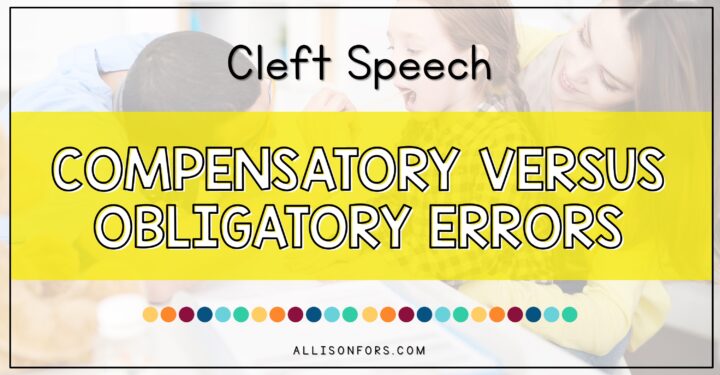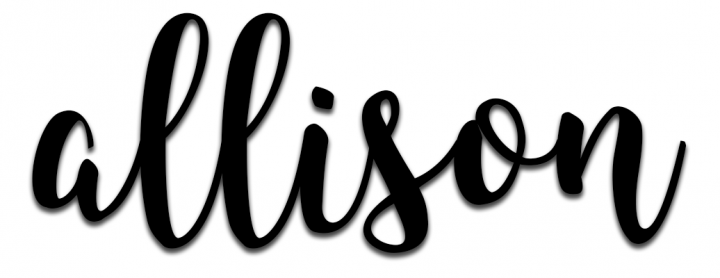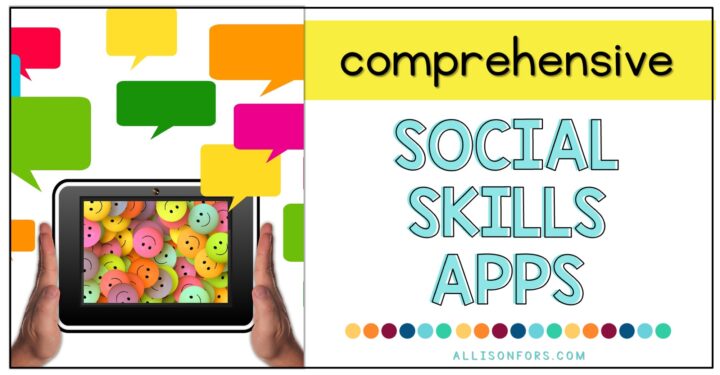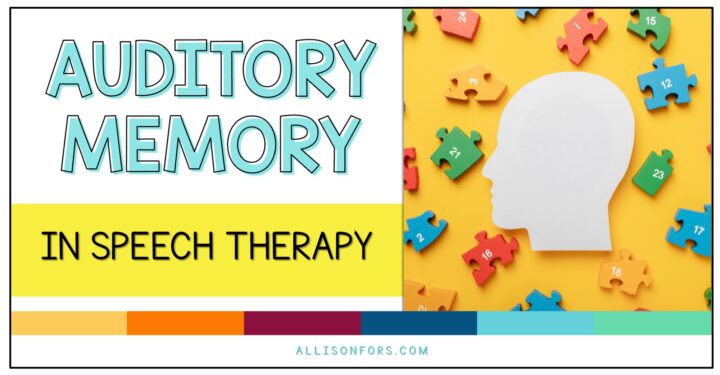
Why You Should Be Using a Toy Farm in Speech Therapy

A toy farm is one of my favorite therapy toys because it is versatile and engaging. I live for items that I can target multiple speech therapy goals with! I’ve used toy farms to work on many expressive and receptive language goals, as well as articulation. In my opinion, they are essential if you work in early intervention or with lower elementary students!
I recommend getting a play farm that has a good assortment of animals, a farmer, and items (e.g. hay, tractor.) The more pieces, the better! Some farms have sound effects which can be a good tool to use for cause/effect and joint attention when working with young children.

Download this graphic for free!
JOINT ATTENTION
One of the first forms of communication is joint attention or a shared focus on something. You can follow the child’s lead by mirroring their actions and putting your attention on their focus. Model gestures, such as pointing and eye contact to direct their focus and reward it. For example, when they look at a desired item and then make eye contact/point to it.
SPEECH SOUNDS
Toy farms are great for beginning speech sounds (m,p,b,d) as well as beginning sound combinations (e.g. CV, VC, CVCV). For example, “moo” “baa baa” “cow” “eat” “up” “neigh”.
TURN TAKING
Practice the social skill of taking turns. For example, you feed the farm animal then your student feeds the farm animal. This can be a sharing lesson or working on “my turn” or “your turn.”
CAUSE AND EFFECT
A critical part of development is a child realizing their actions have an effect on their environment – this aspect of language development comes before words. A favorite cause/effect game for every student is knocking a toy on the floor!
REQUESTING
Since playing with a toy farm is motivating, it is a great way to coax a child to make requests. Present the child with the farm but none of the animal pieces so they need to request via non-verbal communication (signs, pointing) or verbal communication (single word, complete sentence) depending on their ability. I also like to place the animals and other pieces in a clear container so the child can see and request, without the ability to grab it.
VOCABULARY
Work on functional vocabulary, for example, animals, animal sounds, colors, numbers, etc.
RECEPTIVE IDENTIFICATION
Target identifying nouns, pronouns, verbs, prepositions, descriptors and so much more! “Where is the cat?” “Who is sleeping?” “Where is the big cow?”
PREPOSITIONS
Work on spatial concepts such as, in/out, on/off, in front/behind, and top/middle/bottom.
WH QUESTIONS
Work on “who” “what” “when” “where” “why” and “how” questions.
CATEGORIES
Have the child identify the category or list items in a category. Example categories: farm animals, colors, sizes.

ASSOCIATIONS
Work on “which things go together.” You can present the child with objects and have them select the two that go together and tell you why. You can also provide them with an object and have them tell you something that goes with it. This is easier since you don’t need to have all the items!
OBJECT FUNCTION
“What is hay for?” Talk about farm associated items and their uses.
VERBS & VERB TENSES
The farm animals and items (tractor, pitchfork) are great for action words. Have the animals “walk”, “eat”, or “sleep”. Then work on present progressive verbs (walking) and past tense verbs (walked.)
MEAN LENGTH UTTERANCES
Incorporate expanding language while playing by modeling an additional 1-2 words based on what the child says. For example, if the child says “pig”, you can model “hi pig!” or “pink pig” or “pig walk” or “I see pig.”
SEQUENCING
There are multiple aspects of sequencing you can target. You can have the child following directions with sequencing terms (first/next/last). You can even work on higher-level sequencing by telling a story or demonstrating actions with the farm animals and then having the child retell or tell what happened in the correct order.
FOLLOWING DIRECTIONS
Provide directions for your student to follow. These can be basic 1-step directions “give me the horse” or more complex directions “put the pig in the barn and then the cow on top of the barn”. Incorporate descriptors, pronouns, prepositions, and temporal concepts (“Before you feed the cow, put the pig in the tractor.”)
PRETEND PLAY/ROLE PLAY
Imaginary play is critical to development. Model pretend play if the child is not yet demonstrating these skills – pretend the horse is eating the hay, the farmer is petting the dog, the pig is running. Incorporate role play by being certain characters – pretend you are the farmer milking the cow.
ON-THE-GO FARM OPTIONS
APP: Here’s a list of farm-themed apps from the website “Best Apps for Kids”
INTERACTIVE BOOK: I created a FREE Farm Interactive Book. It’s definitely a more portable, convenient option and a great way to expand language with adaptability on-the-go.
I hope this gave you some new, fun ideas to implement in your therapy sessions!
Do you use a toy farm for therapy or your class? What else do you work on?
You may also be interested in:
FARM THEMED SPEECH THERAPY ACTIVITIES
Why You Should Be Using a Play Kitchen
Why You Should Be Using Wind-Up Toys









One Response
I’ve been collecting farm toys for many of my life.